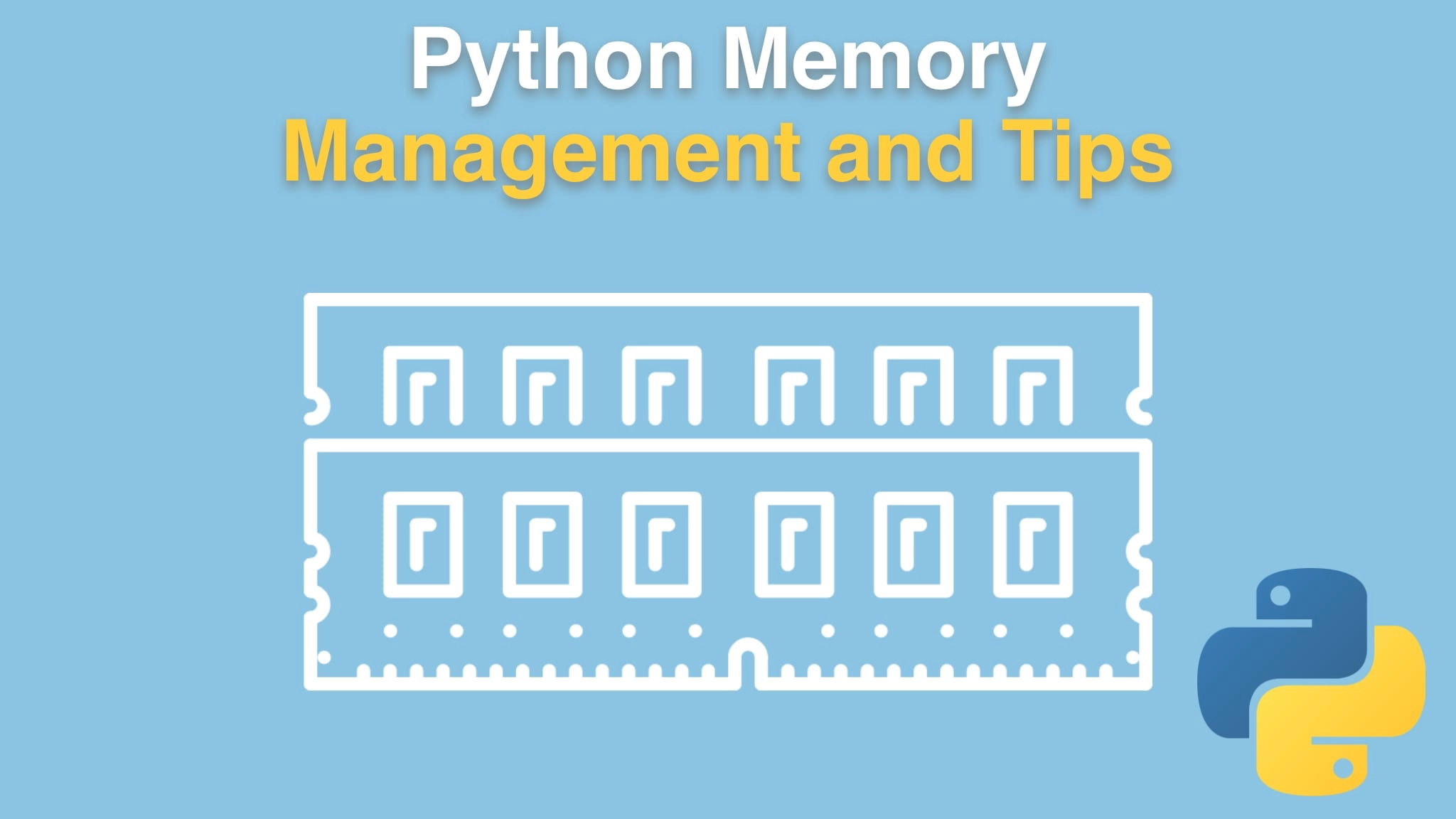Python Memory Management and Tips Transcripts
Chapter: Investigating memory usage
Lecture: A memory profiler
Login or
purchase this course
to watch this video and the rest of the course contents.
0:00
We saw that the CPU profiler, basically see Cprofile, built in to PyCharm, is not gonna
0:06
do it for memory analysis. So how about we get a memory profiler like "memory_ profiler" for Python? Yeah,
0:15
that's what we're gonna use. So memory profiler is a way that we can capture much more fine grain detail about what our program
0:23
is doing in terms of memory consumption, and those pictures I showed you before where the
0:28
graphs of memory usage over time, those came from this tool and we'll see how to make them here. So to get it as super easy, we're just going to pip
0:36
install memory_profiler. Technically, we're gonna add memory_profiler over to our requirements file, and then we have several ways to use it.
0:45
You can decorate a single function and then run it like this. Run it through the module "memory_
0:53
profiler", and you'll get all sorts of cool output like this about how much each line of code is using. That's pretty cool. We're gonna do that.
1:02
You can also just say "go and run it". Say there's a "mprof" command we'll have once we install Memory Profiler.
1:09
And when we do that, then we can run, it says executable, this is just your Python script, and then it will profile it, and then we can plot that.
1:17
So we'll get graphs like I showed you before, like down here, Okay? So we're gonna go through both of these styles of working with Memory Profiler.
1:26
It's Open source, It was recently updated a couple months ago. It seems to work pretty well.
